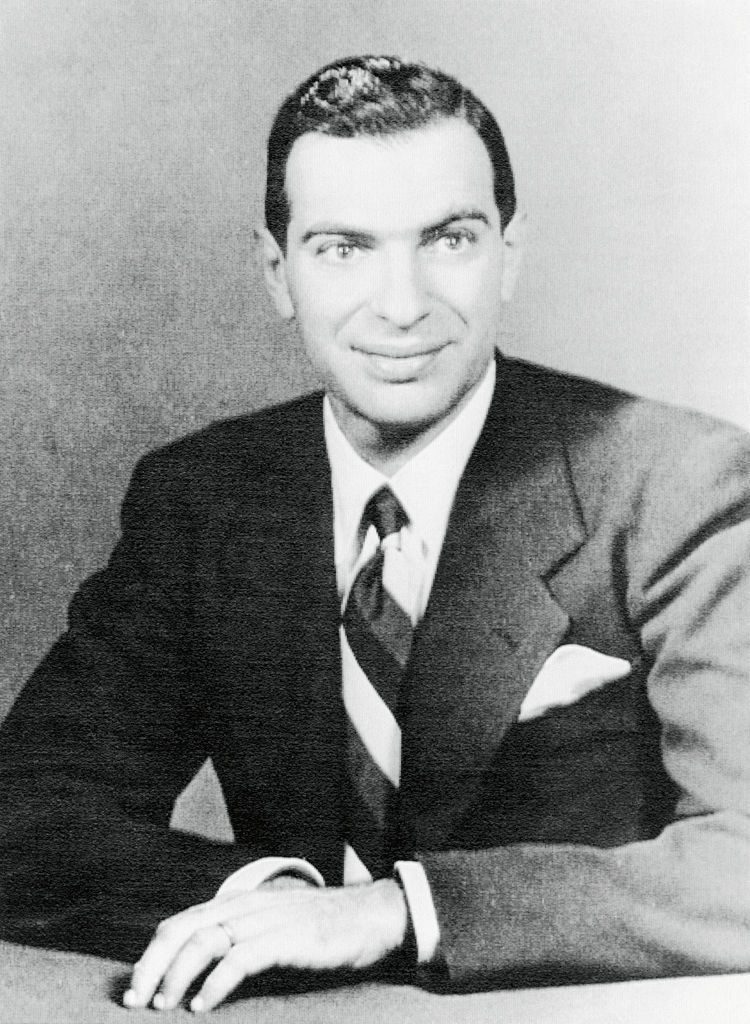Ep. 166 Explaining Kenneth Arrow’s Impossibility Theorem for Social Choice

First Bob explains his contest involving Adventures in Pacifism–winner gets 100 smackers. Then he explains the incredibly powerful, and surprisingly Austrian, result by which Kenneth Arrow showed it was impossible to coherently aggregate individual preferences into a social ranking.
Mentioned in the Episode and Other Links of Interest:
- The blog post explaining the rules for the contest, Adventures in Pacifism: Louie CK Edition.
- Bob’s link for those interested in joining Liberty Classroom. (If you use this link, the site will remember who sent you if you end up joining.)
- Bob’s mises.org’s article explaining Arrow’s Theorem in the context of the 2020 election.
- The Bob Murphy Show ep. 7, explaining Godel’s Incompleteness Theorems.
- Help support the Bob Murphy Show.
The audio production for this episode was provided by Podsworth Media.

Boring Friday night… Murphy delivers!
Hi Bob, I’m not sure I agree with your conclusion that arrows theorem shows that social choice is a dead end. All it really says is there is no ideal mechanism for any arrangement of individual preferences. However it does not then follow that given an arrangement of individual preferences there is no mechanism that follows the 3 axioms. For example democracy or another social welfare function may follow the 3 axioms in some countries but not others.
Perhaps I didn’t hear the explicit claim by Bob, but does Bob suggest the the Impossibility Theorem suggests that social choice is a dead end?
So far as I understand it, it proves that, ultimately, all democratic processes devolve into de facto totalitarianism.
Addendum to the above comment:
There very well might be people who believe a leader (or a board) are God-kings deserving to rule us. That would certainly fulfill the 3 axioms, but it’s still totalitarianism.
We could for example imagine a society that has a highly homogeneous population. For example 10 people with identical preferences. In that case democracy would satisfy the 3 axioms. So it would really depend on case by case and lots of surveying of the population to know which mechanism if any could satisfy the 3 axioms.
“For example 10 people with identical preferences. In that case democracy would satisfy the 3 axioms.”
You’re merely choosing an arbitrarily low n. Again, however, the proof is meant to demonstrate that over time democracy devolves into dictatorship.
Regarding your 10 people argument, I believe that a practical example can disprove even your arbitrary total.
For most people, the typical “inner circle” of close friends a person can maintain numbers about 5. My guess is most of these folks do not share the same circle, and thus my guess is that even this group could not adequately rank any set of three priorities.
Arrow has said “Most systems are not going to work badly all of the time. All I proved is that all can work badly at times.”
While this proves that no voting system can fulfill the criteria, doesn’t it also prove that no market mechanism can possibly fulfill them?
The market doesn’t need to fulfill them. In the market, it doesn’t matter if society prefers McDonalds or Burger king, each individual can pick whichever they want, of those options or a myriad of other choices
Very Interesting. when I listened I could not help but explore possibilities. In a planet called Ditania, most(90%+) nations of the planet are social democracies and most(90%+) are part of a “democraticesque” global body of cooperation and trade which helps defining the future of planet by advising certain policies and declaring the ones that don’t follow rogue (prohibiting trade). Given these conditions and using Arrow impossibility theorem could we arrive in a situation when a single individual decides the future (is the dictator)of Ditania, since the whole world is consistently and exclusively approving the policies that he supports? Or did I got lost in the episode and misunderstood the proof?
Anybody willing to help a high school math teacher make this proof accessible in a high school Geometry class. I started with Hansen’s Graphical Proof and am now trying to connect Sen’s approach to the proof. Got stuck a little and would like a collaborator to work through a couple questions.
Mike, I saw your email. I’ll email you the classnotes I used in Hillsdale to explain Sen’s proof.
Hi Bob, I’d love to have those classnotes as well if you wouldn’t mind. I’m trying to comprehend the exact logic of the theorem. Thanks!
Taylor can you please email me at rpm@consultingbyrpm.com with “arrow” in the subject?